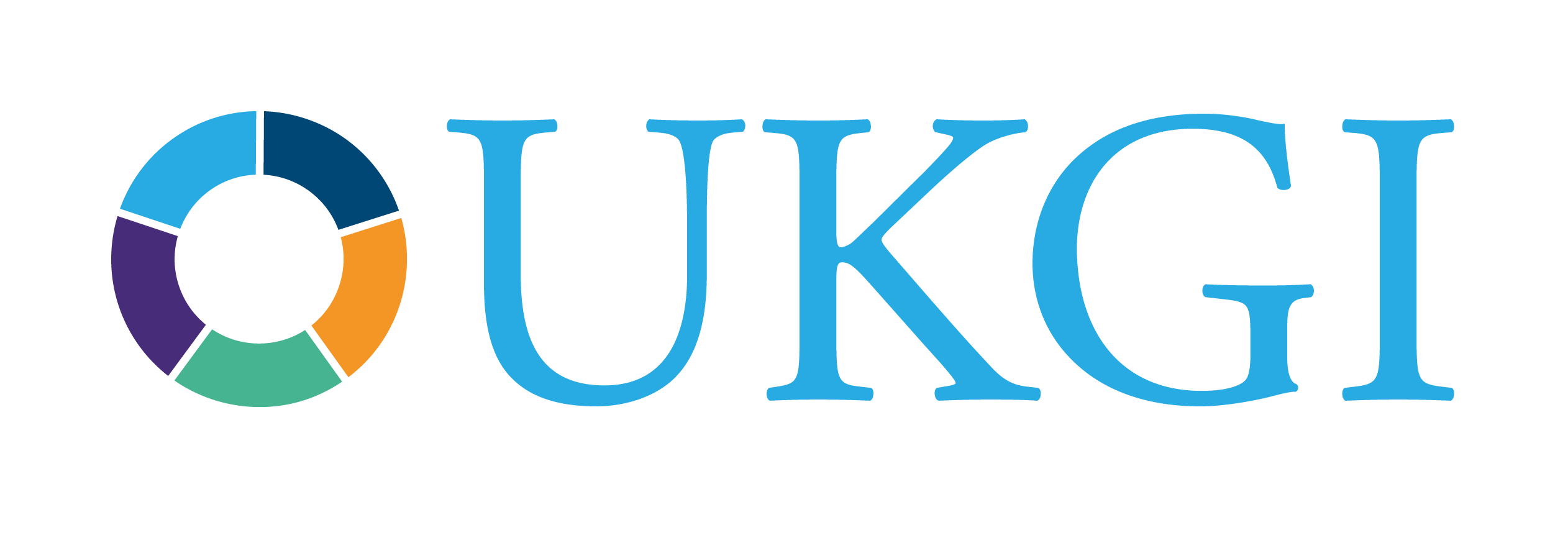This article outlines the importance of CPD, and how to approach it to enrich the learning and development of staff and allow individuals to contribute to the success of a firm.
For individuals to contribute successfully to an organisation, it is essential that they understand their role and the responsibilities it entails. Having this understanding will allow them (and you) to be able to judge whether they are competent to perform the role, and the level of training and support necessary to further develop or maintain their skills and knowledge.
With training and competence at the heart of regulatory requirements placed on firms, it is important to develop and nurture your teams, ensuring that they have the culture, skills and understanding to help your organisation succeed in an increasingly challenging, ever-changing industry and regulatory landscape. This is where continuing professional development (CPD) comes in.
Undertaking CPD should not just be about ticking boxes. It is a regulatory requirement for insurance distribution firms that staff complete a minimum of 15 hours of CPD each year* across eight core competencies to demonstrate that they are competent to carry out their work.
Regularly taking part in a wide range of CPD-related activities can help to retain relevant, up-to-date, and in-depth knowledge of the industry. Neglecting to undertake CPD runs the risk of staff falling behind on regulatory changes, can increase the possibility of incorrect advice being given to clients and could lead to significant financial, reputational, and legal implications further down the line.
Aside from finding the time to carry out CPD in an already busy schedule, there is often confusion as to what activities count towards CPD outside of the standard on-the-job training. Any activity which contributes to learning in relation to professional development can be accepted as CPD – but remember – these activities should complement the role of staff and their required competency and enhance the skills and knowledge that they have to offer.
So, what activities can be undertaken as part of CPD?
- E-learning courses – online training offers flexibility and can be tailored to suit the learner’s needs. It is the perfect accompaniment to face-to-face training, allowing for independent study in a specialised topic.
- Webinars and workshops – with most face-to-face training moving online in recent years, attending workshops has become more accessible, allowing for real-time discussion on relevant topics without the need to factor in travel and/or accommodation costs.
- Online journals or articles – staying up to date on the latest news, case studies and regulatory changes within the industry is a straightforward method of independent learning and provides staff with insight into how others handle challenging situations within their practice.
- Appraisals – reviewing staff performance is a good way to evaluate what areas need improvement as well as identify learning objectives for the year ahead.
- Video-based tutorials or presentations – need to quickly learn how to convert a PDF? What about learning what it takes to create an inspiring sales pitch? Watching a tutorial that boosts efficiency is also part of learning and development.
- Podcasts – learning through listening is both educational and entertaining. Regulatory issues are becoming an increasingly popular topic in business podcasts, and the added convenience of being able to listen at your own pace means that you can stay up to date on the latest discussions whilst at work or when commuting.
Recording CPD Activities
Looking at the list of examples, you might discover that you and your employees have already been engaging in CPD without even realizing it! These small activities are likely already a part of the daily responsibilities of staff and can be documented regularly, without needing to allocate a big chunk of time to complete CPD towards the end of the year.
A good CPD record should contain information about the completed activity, when it was completed, how long it took, as well as which of the eight core competencies (if any) the activity relates to. The record should also reflect on what has been gained by undertaking the activity, and whether it has helped staff to meet their learning objectives.
Varying CPD activities will help to keep your staff engaged and motivated to learn. Consistently recording CPD throughout the year will also make their workload more manageable and reduce stress as the end of the CPD year approaches.
You should also prioritize ‘quality’ rather than ‘quantity’ when selecting CPD activities for staff. They are more likely to reap the benefits from a course covering new and engaging topics that are relevant to their role, compared with taking multiple courses which cover topics that they are already well-versed in, so choose carefully.
*The FCA does not prescribe that CPD be carried out on a ‘start of January to end of December basis’ – only that the required hours are carried out in a twelve-month period.
